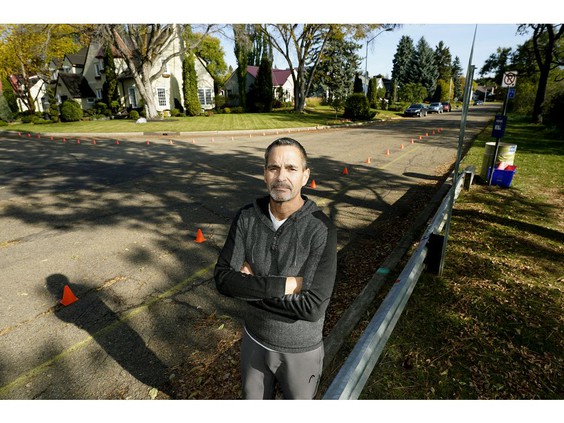 Jeff Young of Friends of Highlands seen near his home on Ada Blvd. PHOTO BY LARRY WONG /POSTMEDIA NETWORK
Jeff Young of Friends of Highlands seen near his home on Ada Blvd. PHOTO BY LARRY WONG /POSTMEDIA NETWORK
TIDRIDGE WEB SITE
|
|
|
|
|
 Jeff Young of Friends of Highlands seen near his home on Ada Blvd. PHOTO BY LARRY WONG /POSTMEDIA NETWORK Jeff Young of Friends of Highlands seen near his home on Ada Blvd. PHOTO BY LARRY WONG /POSTMEDIA NETWORK
Article contentA group of Highlands residents says new curbs proposed for Ada Boulevard will disturb the area’s historic appeal.
Called Friends of Highlands, the group wants the city to reconsider a plan to square off swooping, curved sidewalk corners that are a signature of the neighbourhood, a plan that will result in narrower streets in areas now popular for walkers, joggers and cyclists enjoying a day in the river valley.
“We are 100 years old and we are saying, ‘Can we not keep the historical look?'” said Jeff Young, a 30-year resident of the area who lives at Ada Boulevard and 61 Street.
Article contentArticle contentThe Edmonton and District Historical Society, the city’s historian laureate Marlena Wyman, and the Highlands Historical Society have backed the group’s request for a second look.
After extensive community consultation and according to a June city administration report titled What We Decided, a neighbourhood renewal plan has been approved and is underway to rebuild roads, sidewalks, street lights and park spaces in Highlands. The plan, which started this year and is scheduled for completion in 2021, includes the installation of a wheelchair-accessible, three-metre wide, asphalt shared pathway rimmed by a wood railing that would run on the south (ravine) side of the street, east along Ada Boulevard from Concordia University.
Young, along with roughly 55 other neighbours, met recently over a variety of concerns about the plan, including parking and the fact that the new pathway will see some residents on the north side of Ada Boulevard sacrifice roughly a metre along the edge of their property to the shared pathway. Friends of Highlands says it appreciates safety concerns and doesn’t object to the pathway, but requests it be a maximum of two metres in width.
Ada Boulevard, renowned for its architectural style and streetscapes and considered a jewel in Edmonton’s historical crown, doesn’t have sidewalks.
Young said neighbours knew reconfigured street corners were part of the plan. But two months ago, after he measured out, and spray painted, the proposed configuration in a six-block radius including 111 Avenue, the visual impact became clear. The group is asking for roughly 22 corners of the 246 corners in Highlands to be left as is
Young’s group has distributed more than 500 information flyers in the area and has been trying to meet with Ward 7 city Coun. Tony Caterina. Caterina did not return Postmedia phone calls over the weekend.
“I find it so disheartening to try and get anybody to listen to us,” said Young.
Other people in the neighbourhood are happy with the proposed changes.
Mathieu Lefebvre has lived in Highlands for five years. He attended several community consultation sessions hosted by the city. He said Ada Boulevard will be safer for pedestrians and cyclists with the shared pathway.
“The issue is that some people like the way that it is, plain and simple,” said Lefebvre. “But the biggest thing is the safety issue. When you walk down Ada Boulevard, cars are driving slowly and you move out of the way and generally it is polite.
“But it’s not handicapped accessible and there are slips and trips and other hazards. I think (the shared pathway) just provides an improvement of quality of place, and life, and it benefits everyone.”
Andrew Clark is the president of the Highlands community league. He said the community league is neutral on this issue.
“We’ve heard arguments on both sides. It’s a divisive issue. We wish it wasn’t,” said Clark.
|
|
September 2020 To: The Friends of Highlands: This email is to let you know what we have been working on regarding the Highlands Neighborhood renewal since you completed our survey a couple of months ago. Based on the outcome of that survey, it’s clear that many of you do not believe the consultation was either effective or representative of your views.
The consultant is recommending that this alternate proposal be presented as one cohesive approach, so we will be bringing it forward as such. Although this alternative may not meet the individual desires of each homeowner, we have tried to arrive at a compromise which we hope the City will consider. It will be very helpful if we can show broad support for this alternate proposal. Please remember that all members of your household who are of voting age are eligible to answer this survey. As time is important, can you please click on the following link to review the alternative approach design proposal and answer the few questions at the end. It is very important for you to complete these questions and press the FINISH button no later than Monday, Sept 28, 2020 since we have to take this to the City as soon as possible. If you have trouble accessing the link please let us know. We also realize some of the fonts used on the presentation may be difficult to read so please remember you can use your zoom function on your browser if needed. Thank you and please click on the following link below: |
|
August 2021:To curve or not to curve...is the straight and narrow better? Since beginning this website in the early nineties the standard has always been, the facts, just the facts. This particular issue is not so straight forward but the writer will try to avoid stirring the pot. He admits too a bias but hopes it won’t show. The city sanctioned major changes and upgrades in the area known as Highlands or The Highlands. These changes affected everyone, both business people and home occupiers, in that designated area. Some faced more changes than others, some reacted positively to the changes, others not so much. For the most part, changes did not result in major changes to the existing pattern of either roadways or sidewalks. It was somewhat different for portions Ada Boulevard and 111 Avenue. To better understand the issue, it is necessary to define or redefine this matter of the subdivision called Highlands. While, in fact, it stretches from the south side of 118 Avenue to the north side of the North Saskatchewan River, from the west side of 50 Street to the east side of 67 Street, some have ‘drawn their own boundaries’....The original Highlands went from 55th street to the east to the alley between 65th and 64th streets and from Ada Blvd to 118th avenue. Bellevue addition was to the west and Mount Royal was to the east. The Historic Streets-cape on 111th avenue and Ada between 64th to 55th was designed as a wide boulevard and curved streets-cape that added interest and beauty to the neighbourhood that was being developed back in 1912. The rest of the area subdivided again, into two or three sections, mentally. The original Highlands had firm guidelines about the type of house that could be built. It was assumed that the occupants would be, to use an old term, upper class. The cream of the crop as it were. And so Highlands, of varying imaginary subdivisions lived on. With some residents, living in the imagined Highlands, unaware changes were in the offing...a gradual change, imperceptible until.... As was inevitable demographics changed, old people died or moved, younger people moved in, more children appeared on the scene. Younger people built on the few vacant lots available, did massive renovations to their homes, probably in styles foreign to the area. And worst of all, perhaps did not look on the Highland through the same eyes as the older generation did. The Highlands group under the banner of the of the Highlands Alliance presented much information, professionally prepared, to support their views that changes were not necessary.…members of the group were not just from south of 112 avenue but from the wider community. It seemed appropriate to include the ‘official’ side of the area at this point. August 18,2021.Response from Richard Hai, Project Engineer. Good Evening John and Thank you for your patience in my reply. I have added answers to your questions below. Thank you.
This information seems quite helpful and it does perhaps, highlight the old versus the new... It gives information as to why the changes took place in spite of heartfelt opposition from the Highlands ‘establishment’. It is perhaps logical that all major changes took place because a. The opportunity presented itself and b. Highlands needed to be upgraded to meet modern designs. It suggests that Highlands will get busier, and that safety is a major concern.
Unfortunately, those of a different generation did not see the need for the changes...that the changes failed to recognize the historical aspect of the neighbourhood... as of August 2021 feelings still run high in the ‘not for change’ group.
Unfortunately, that’s progress, or it it?
|
| Photos taken over a period of time, c 1919 and on, illustrating the area and efforts of some to convince others to suuport their cause. | |||
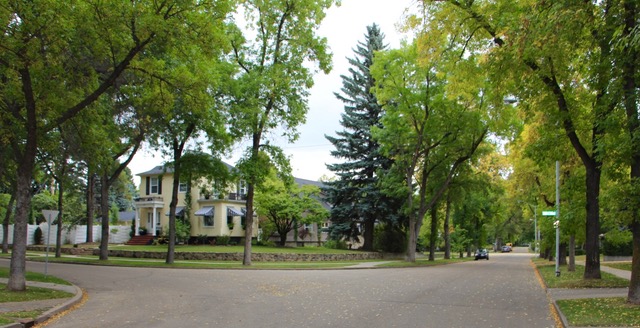 |
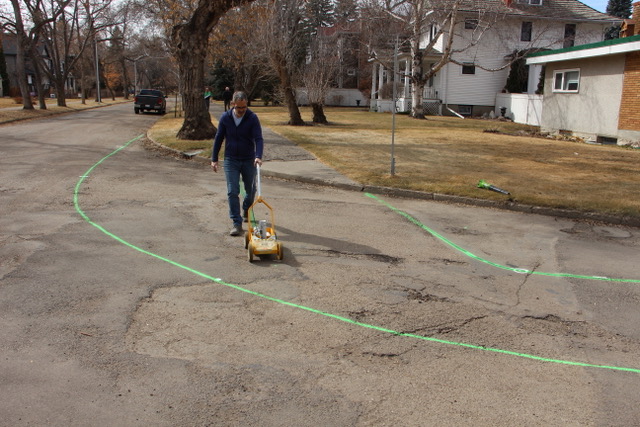 |
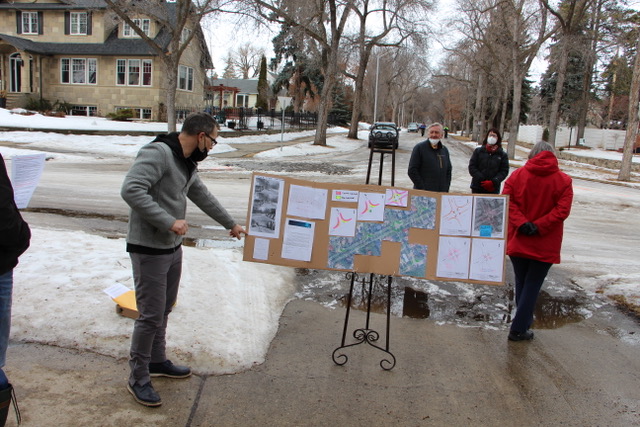 |
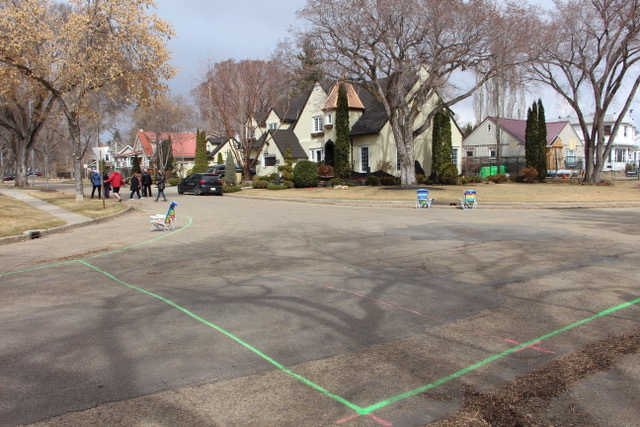 |
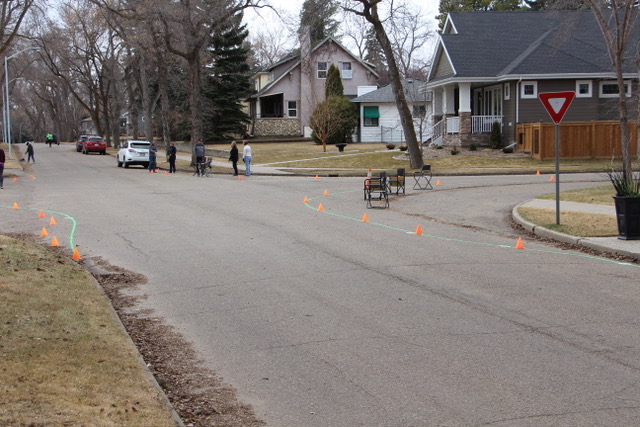 |
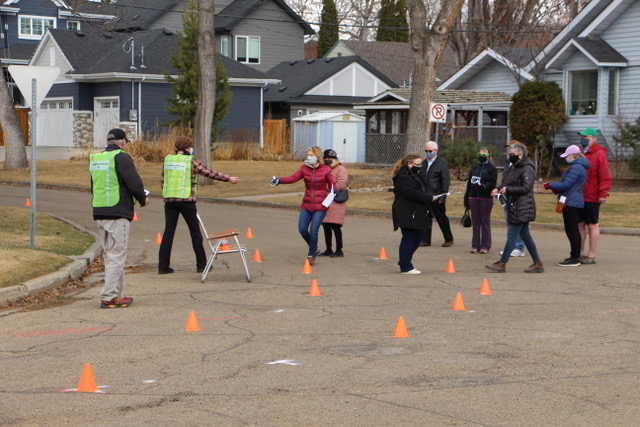 |
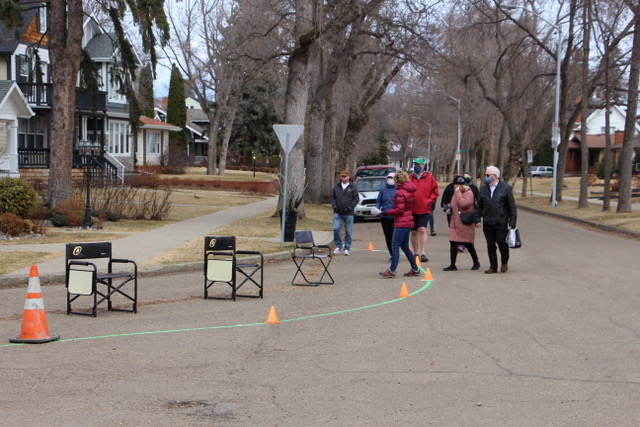 |
 |
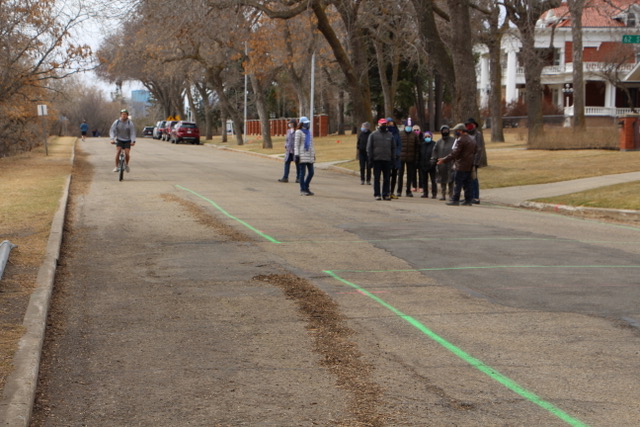 |
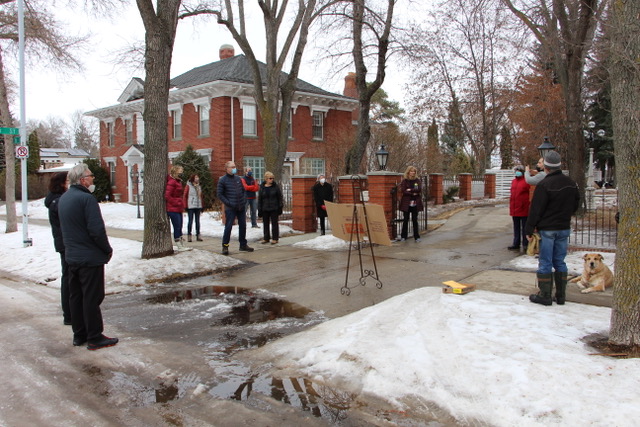 |
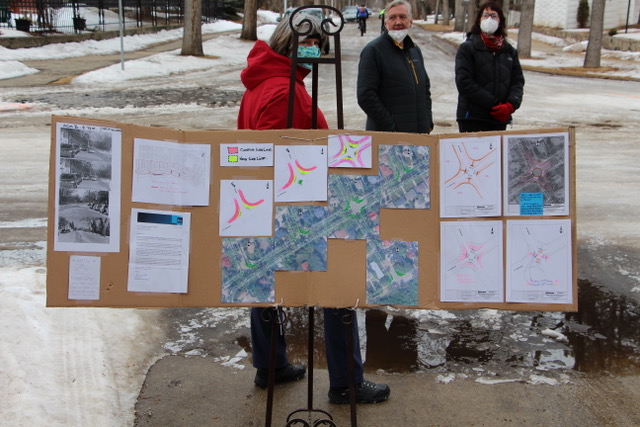 |
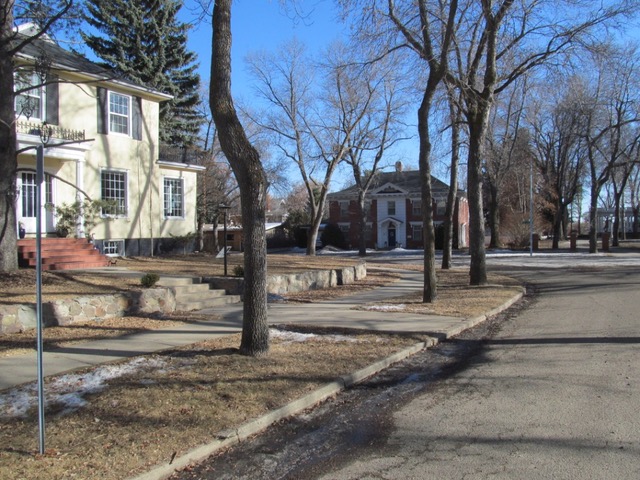 |
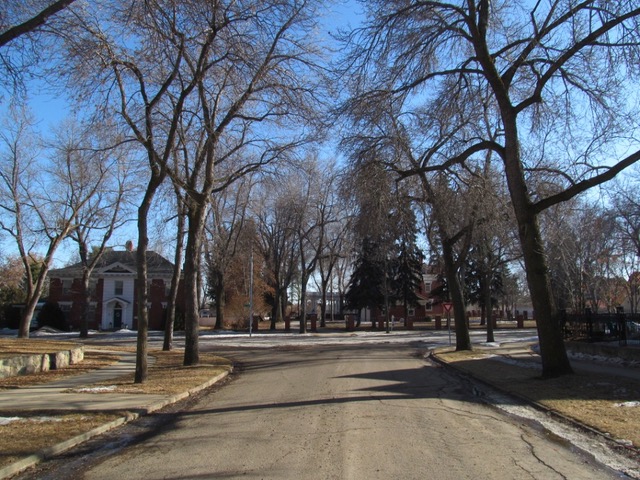 |
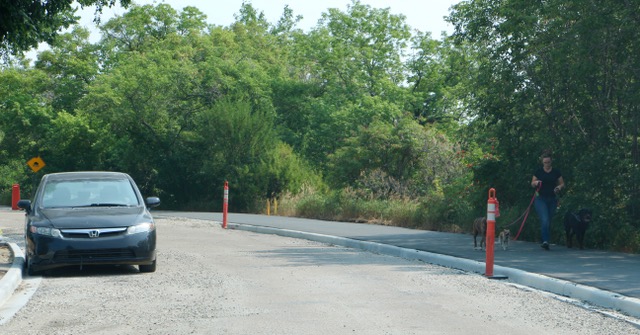 |
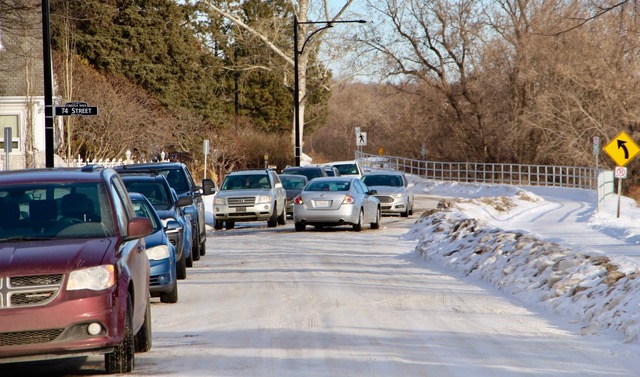 |
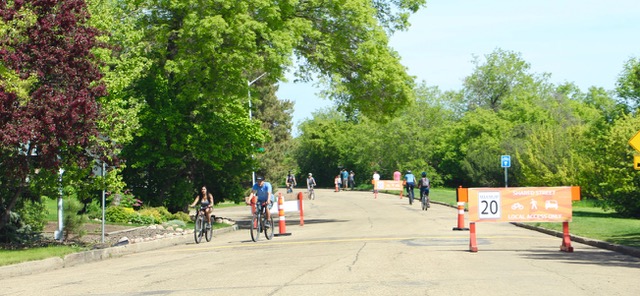 |
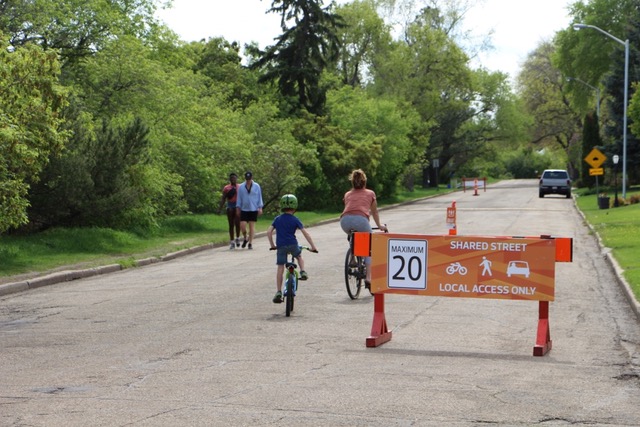 |
|||
| PHOTOS SHOWING SOME OF THE CONSTRUCTION CARRIED OUT ON ADA AND 111 AVENUE AND ADJACENT STREETS | |||
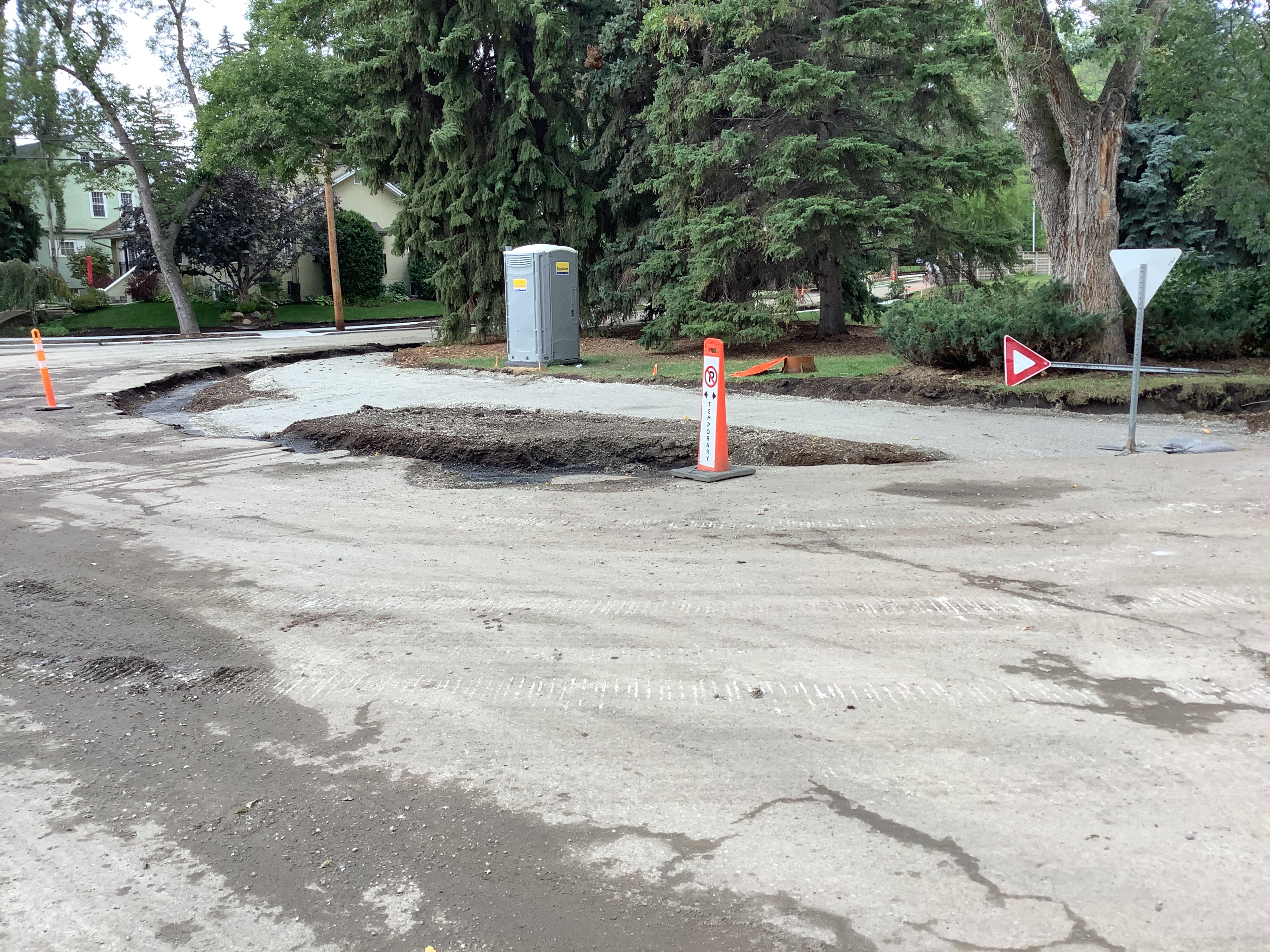 |
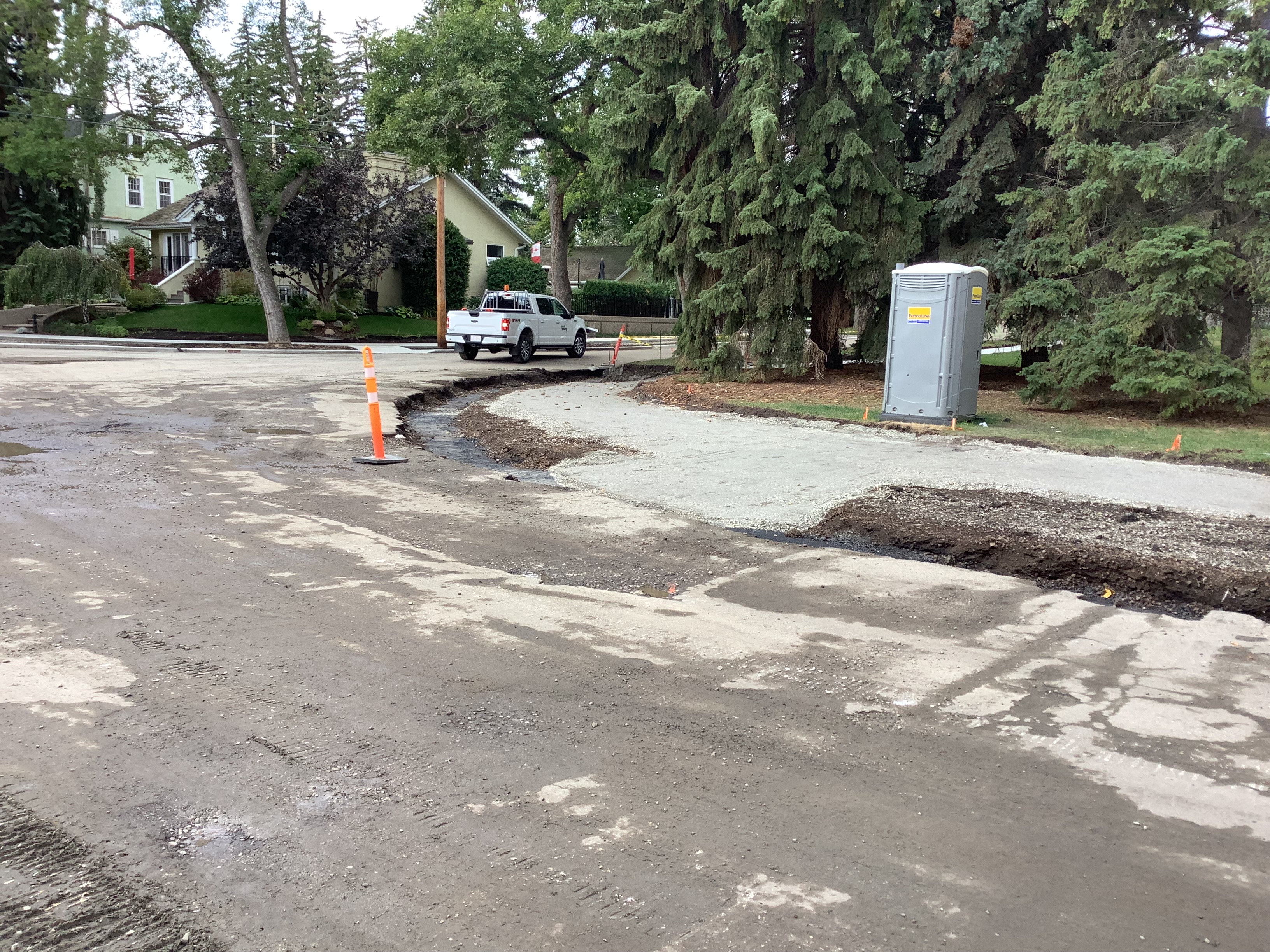 |
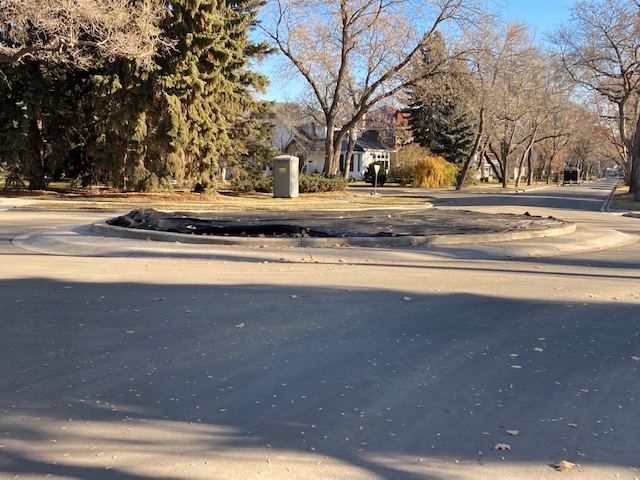 |
|
| The flower Border? | |||
|
Care to comment? e-mail : John Tidridge |
|
|